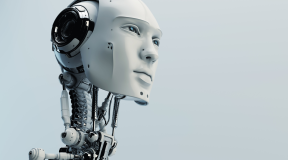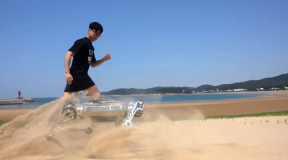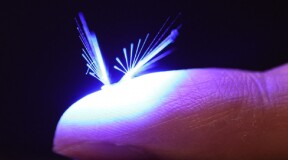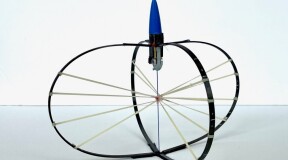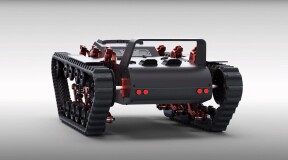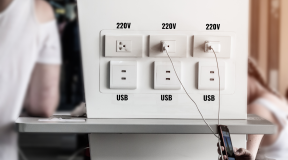-
en

robots
Automation is entering all areas of our lives. Robotic mechanisms have long since replaced people on assembly lines in factories, which is extremely cost-effective. Robots don’t need a salary, food or vacation leave, only timely maintenance. These mechanisms solve many routine tasks at a higher speed and accuracy without getting tired. Robots are increasingly entering into our everyday lives as well, allowing us to spend less time on boring housework. Of course, certain models are still too expensive. For example, the robot dog from Boston Dynamics is still out of reach for the average person. And yet robot vacuum cleaners are no longer a surprise for anyone.
Robo Sapiens, and Where They Live
Scientists create an advanced robot dog named RaiBo
Research engineers help children with disabilities with the assistance of robots
A new generation of flying robots is here
FRIDA, the new robot artist, emerges
A slime robot that can help retrieve swallowed objects
A robot that is helping people deal with negative emotions
Xenobots: living robots that can build and heal
Tesla to begin production of humanoid robot
A bouncy, jumping robot has been developed in California
Xtreme RC unveils the XRC Brawler amphibious tank



